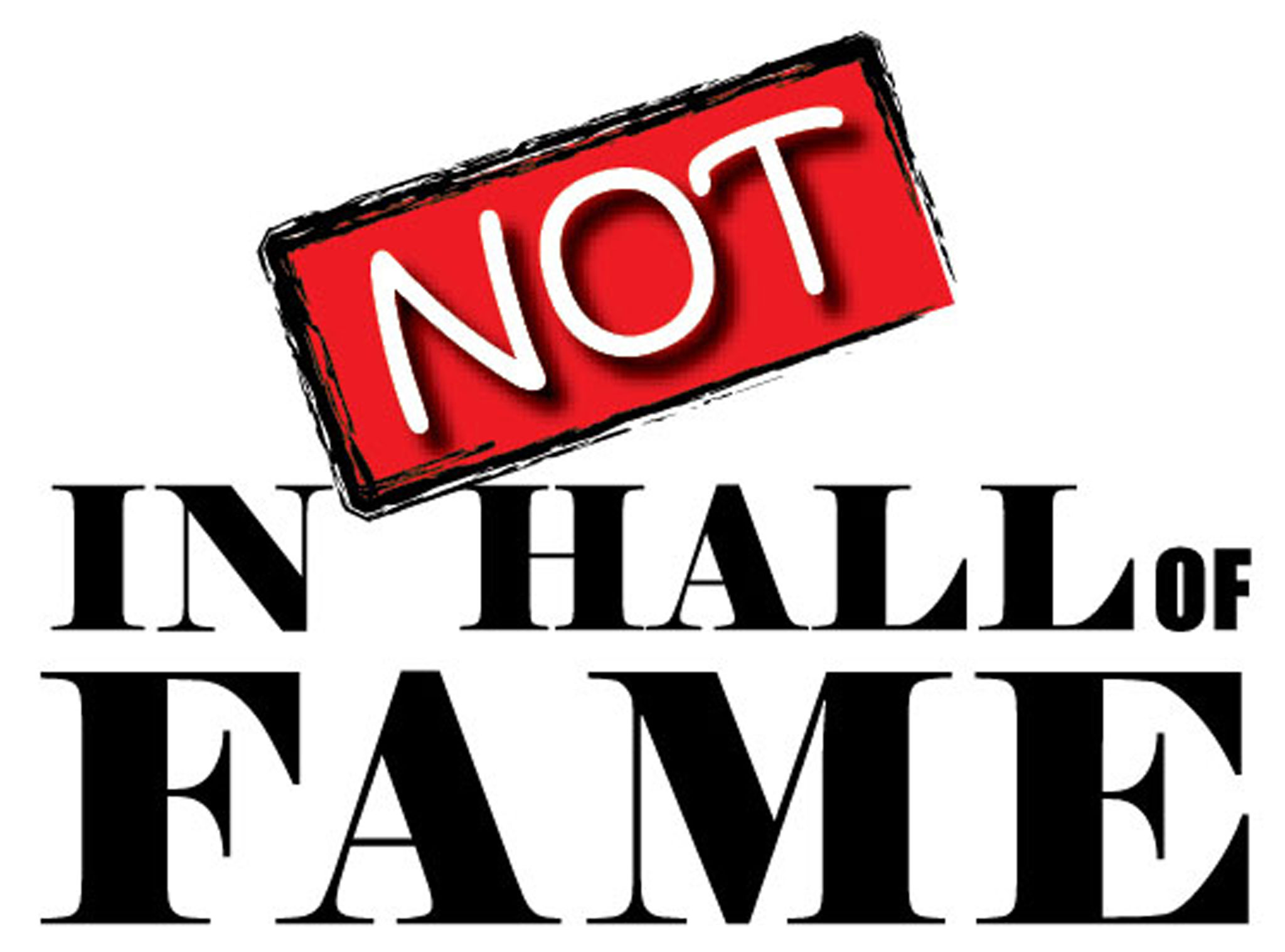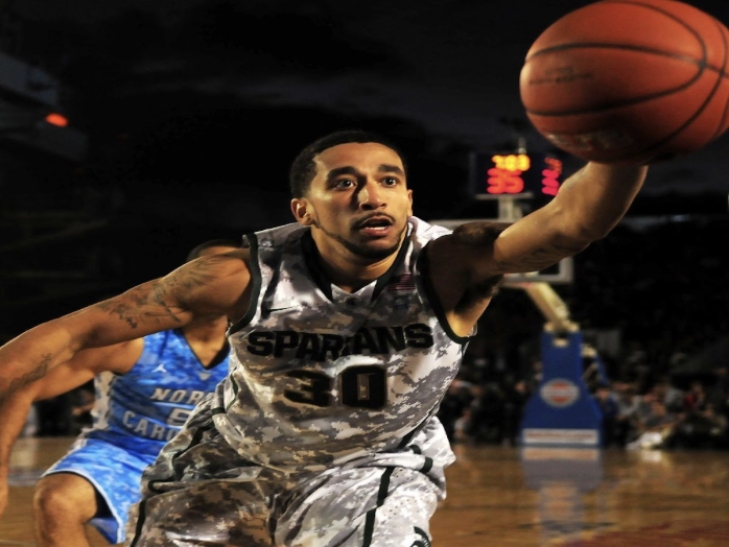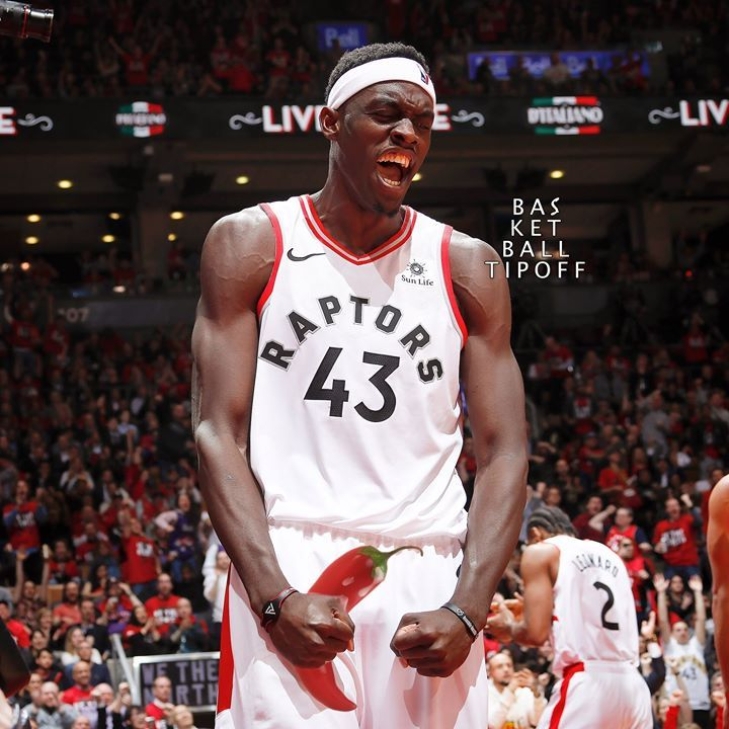4 Worst Injuries in Basketball History
Pro basketball provides much entertainment to those watching, but it can also be physically challenging to the players. The rigorous training required to stay in prime shape and release explosive bursts of energy on the court is no small feat. Players get injured on the court every season, some more devastating than others. This article will focus on the worst basketball injuries in recent history.
Gordon Hayward's Broken Leg
On October 17, 2017, Gordon Hayward, a power forward, was scheduled to start his debut game with his new team, the Boston Celtics. The game was against the Cleveland Cavaliers, and Hayward was just five minutes into the game when he suffered a devastating ankle injury after a failed dunk. He didn't land in a natural position, and this caused his ankle to break into two on live television. Hayward's season ended after that injury for obvious reasons, but he made a miraculous recovery and returned to the court during the subsequent season in 2018. Unfortunately, Hayward couldn't use personal injury attorneys in Ohio to sue anybody since the injury wasn't anyone's fault.
Shaun Livingston's Knee Injury
Let's take a trip down memory lane to Shaun Livingston's injury in 2007. Livingston suffered the most horrific injury of his career, which left almost every bone in his knee damaged. The injury happened while he was with the Los Angeles Clippers, playing a game against the Charlotte Bobcats. His knee dislocated after he attempted but failed a layup maneuver and landed awkwardly. He was rushed to the hospital, where doctors considered amputating his leg from the knee to save his life. Thankfully, they saved his leg, and he returned to the court after eight months of rehabilitation. Livingston went on to have a lucrative career until he finally retired in 2019.
Paul George's Broken Leg
During a summer scrimmage in Las Vegas, Paul George, a small forward who was playing for the Indiana Pacers, broke his leg in the most horrific way possible. It happened in 2014 when George slid into the base of the basketball court after he fell while running. The injury was an open fracture, which means the leg snapped in two, and the broken bone was exposed for everyone to see. People in the court were shocked by the gruesome nature of the injury. Fortunately, the doctors could correct the damage, and George could return to the court. Despite the injury, George returned for the final game of that same season after rehabilitation.
Isaiah Thomas's Hip Injury
The final injury on this list is the hip injury Isaiah Thomas, a point guard for the Boston Celtics, suffered during a game in 2017. It was the last game of the Eastern Conference. Remember that he initially injured his hip after colliding with another player during a game against the Minnesota Timberwolves earlier in the season. Instead of sitting out for full recovery, he continued the season until the finals, worsening his condition. While other players on this list were able to rebuild their careers after injuries, Thomas's case was more complicated. The Boston Celtics traded him off to the Cleveland Cavaliers, and while he continued to play, he never regained his original form or popularity.
Conclusion
These are just a few of hundreds of players who suffered severe injuries on the field. There have been many other cases over the years.
Our Notinhalloffame Basketball Hall of Fame Monitor has been updated
Today the 2023-24 NBA Regular Season begins and with that we are thrilled to announce that we have updated our Notinhalloffame.com Basketball Hall of Fame Monitor of active players based on their existent accomplishments.
You can see the complete list here, but we are presenting the Pre-2023-24 Top 10 Active Players immediately!
#1. LeBron James, Los Angeles Lakers
#2. Kevin Durant, Phoenix Suns
#3. Steph Curry, Golden State Warriors
#4. Chris Paul, Golden State Warriors
#5. Giannis Antetokounmpo, Milwaukee Bucks
#6. Nikola Jokic, Denver Nuggets
#7. James Harden, Philadelphia 76ers
#8. Russell Westbrook, Los Angeles Clippers
#9. Anthony Davis, Los Angeles Lakers
#10. Joel Embiid, Philadelphia 76ers
Look for many more lists, list revisions, podcasts and more content soon!
8. Paul George
While Paul George’s may have had better seasons after he left Indiana, it can’t be forgotten that he cut his teeth as a Pacer and developed his All-Star form there. The blunt truth is that he became one hell of a player in Basketball's Heartland.
Fresno State will retire Paul George's number
Regular visitors of Notinhalloffame.com know that we are slowly working on the top 50 of every major team in the NHL, NBA, NFL and MLB. Once that is done, we intend to look at how each team honor their past players and executive. We also plan to later extend that to the major universities of the NCAA. As such, it is news to us that Fresno State has announced that it will be retiring the number 24 of Paul George during their opening home game against Winthrop on November 10.
In the 63 Games he played for the Bulldogs, George would accumulate an average of 15.5 Points, 6.7 Rebounds and 2.4 Assists. He is to date a six-time All-Star in the NBA and is currently with the Los Angeles Clippers.
This makes George the second former Fresno State player to have his number retired. In 2014, former player and head coach, Jerry Tarkanian would earn this honor.
We here at Notinhalloffame.com would like to congratulate Paul George for earning this honor.
New Section up: We rank the top 50 Active Players in the NBA and their Hall of Fame Credentials
We here at Notinhalloffame.com are always looking to add new sections to our website. Last month, we uploaded our top 100 active NFL players and how their Hall of Fame resumes stack up.
We are doing the exact same thing with the NBA.
As opposed to 100 like we did in Football, we are going with only 50 in Basketball.
We liked the idea that we used in Football with a modern “Modern Positional Average”, so we are doing something similar here. With advanced analytics, we decided that we don’t have to isolate based on position so they are all on one list.
Inspired by Jay Jaffe’s JAWS statistic that looks at the best seven-year stretch of a baseball player according to bWAR, we are doing the same with current basketball players. Specifically, we compiled the average PER, Win Shares and VORP for each of the past Hall of Famers based on their best seven-year period. The additional thinking behind this is that in Basketball, there is an additional focus on periods of greatness as opposed to sports like Baseball, where compiling statistics is more glorified.
To keep everything modern, the average we used is the last 14 inductees, but only the ones who were Modern Era Inductees. This excludes Direct-Elect Candidates (contributors, Early African-American Pioneers, International and Veterans). The only exception is Vlade Divac, who was chosen via the International Committee, but has a healthy NBA career to draw upon.
As of this writing, the 14 players from the last four induction classes who we are using for the composite averages are:
Ray Allen, Maurice Cheeks, Vlade Divac, Bobby Jones, Grant Hill, Allen Iverson, Jason Kidd, Tracy McGrady, Yao Ming, Sidney Moncrief, Steve Nash, Shaquille O’Neal, Jack Sikma and Paul Westphal.
While we are not looking at traditional statistics, we are averaging out All-Star Games and All-NBA Selections. With the latter, we are looking at this in weighted fashion. In terms of Third Team All-NBA Selections, one point will be assigned, Second Team All-NBA Selections will have two points will be granted, and First Team All-NBA Selections will have three points.
Here are the averages:
Based on their elite seven-year stretch the average PER of the last 14 Modern Era Hall of Famers is 21.5.
Based on their elite seven-year stretch, the average Win Shares of the last 14 Modern Era Hall of Famers is 65.1.
Based on their elite seven-year stretch, the average VORP of the last 14 Modern Era Hall of Famers is 27.8.
With All-Star and All-NBA Selections, we look at the entire career of the player.
The average All-Star Selections of the last 14 Modern Era Hall of Famers is 7.4.
The average All-Pro Selections (based on the pointed average of one for a Third Team, two for a Second Team and three for a First Team Selection) is 9.8.
We are also adding NBA Championships. Often, players in this team sport more than any other (except for NFL Quarterbacks) are judged by the number of rings they have. Perhaps, that shouldn't be as regarded as it is, considering the average amount of titles of our last 14 Modern Era Hall of Famers is less than 1. Specifically, it is 0.79.
Wrapping this up in a bow, the six variables we are looking at Elite Period PER, Elite Period Win Shares, Elite Period VORP, All-Star Games, Weighted All-Pro Selections, NBA Championships.
This will be a regular feature on Notinhalloffame.com, and we will be updating this at the end of the season.
You can find our new section HERE.
As always, we here at Notinhalloffame.com thank all of you for your support!
#13. Paul George, Philadelphia 76ers #4 Small Forwards
Pre-2019-20 Rank: #12, Pre-2020-21: Rank #15, Pre-2021-22 Rank: #15, Pre-2022-23 Rank #15., Pre-2023-24 Rank: #16.
*Positional Notes: George has been playing more at Power Forward recently, but his peak was mostly at Small Forward.
*Peak Period: 2015-16 to 2021-22
The Paul George run with the Los Angeles Clippers has ended, and his union with his good friend, Kawhi Leonard, yielded very little post-season success. However, it was not all bad for George, who added three All-Stars, giving him nine overall, and he had his healthiest season in L.A. last year.
Despite this, George is not a top-ten player anymore and is now in a new environment, Philadelphia, where he has his most potent teammate ever, Joel Embiid. Can this tandem (along with Tyrese Maxey) fulfill “the Process?”
If so, that should vault PG to a first-ballot entry.







